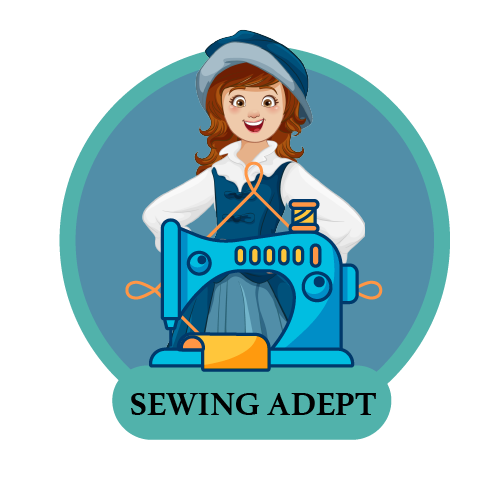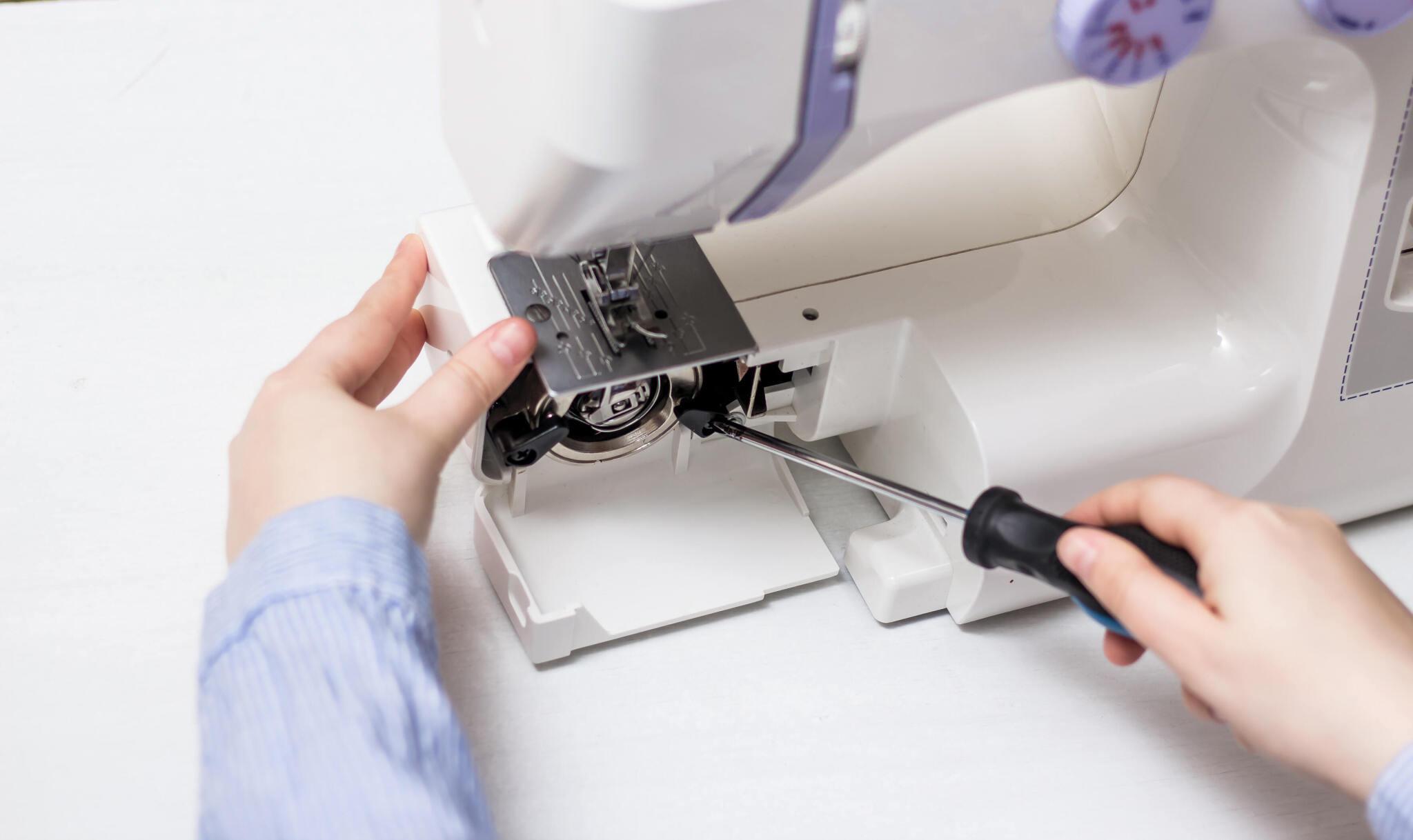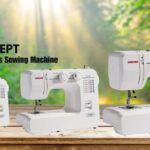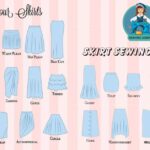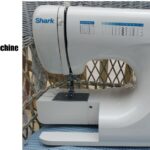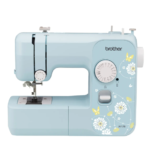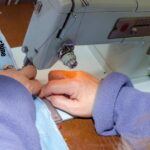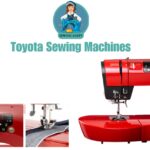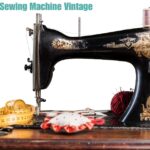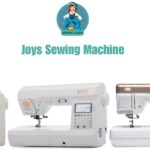In the world of sewing and creativity, where fabric meets thread and imagination blossoms, there exists an indispensable companion for every seamstress and tailor – the sewing machine. Whether it’s a vintage beauty passed down through generations or a modern marvel with cutting-edge features, sewing machines are the magical contraptions that bring our garment dreams to life.
But what happens when this cherished companion encounters a glitch, a snag, or a hiccup in its smooth operation? That’s where the art of sewing machines repair comes into play, an intricate dance of skill, knowledge, and a touch of magic.
Imagine a world where every sewing machine is a unique entity, with its own personality and quirks. These mechanical marvels have seen it all – from the delicate stitches of a wedding gown to the sturdy seams of a heavy-duty leather jacket. Just like any other machine, they require a little bit of tender love and care from time to time.
Sewing Machines Repair is an art form that combines technical expertise with a deep appreciation for the intricacies of these mechanical wonders. It takes a keen eye to spot the source of the problem, a steady hand to disassemble and reassemble the delicate parts, and a wealth of knowledge to breathe life back into the machine. It’s a dance of patience and precision, a symphony of gears and motors working in harmony to create the perfect stitch.
Every Sewing Machines Repair technician is a master of their craft, armed with a toolbox filled with specialized tools and a treasure trove of experience. They possess the ability to diagnose issues, replace faulty components, and fine-tune the machine to restore it to its former glory. Their expertise extends beyond mere repairs; they are the guardians of these mechanical marvels, ensuring their longevity and preserving their legacy.
Sewing Machines Repair: Unraveling Common Issues and Solutions
This guide aims to provide a distilled overview of the most common sewing machines repair problems and their corresponding solutions. By understanding these issues and learning how to resolve them, you can save time, money, and frustration, ensuring your sewing machine operates smoothly. For more information visit here.
Table of Contents
Sewing Machines Repair in Thread Breakage:
Problem: Frequent thread breakage can disrupt your sewing process and lead to uneven stitches.
Solution:
a. Check the threading: Ensure that the thread is properly threaded through the machine, passing through all the necessary guides and tension discs.
b. Use the correct thread and needle combination: Choose a thread and needle size that are compatible with the fabric you are using.
c. Adjust tension settings: Test different tension settings to find the optimal balance for your specific fabric and thread combination.
d. Inspect the needle: A bent or damaged needle can cause thread breakage. Replace the needle if necessary.
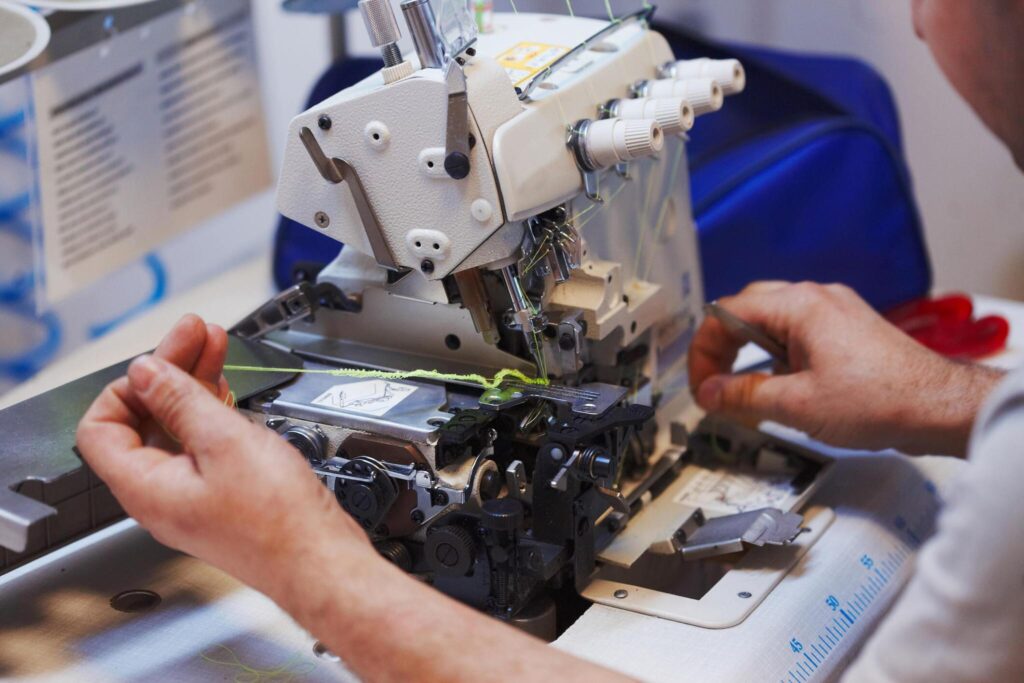
Sewing Machines Repair in Skipped Stitches:
Problem: When your sewing machine skips stitches, it can result in an unattractive and weak seam.
Solution:
a. Check the needle: Ensure that the needle is properly inserted and not dull or bent. Replace the needle if needed.
b. Use the correct needle size: Using the wrong needle size for the fabric thickness can lead to skipped stitches. Choose a needle appropriate for the fabric.
c. Clean the machine: Dust, lint, and debris can accumulate in the bobbin area, causing skipped stitches. Regularly clean the machine and remove any buildup.
d. Adjust the stitch length: Experiment with adjusting the stitch length to find the setting that produces consistent stitches.
Sewing Machines Repair in Uneven Tension:
Problem: Uneven tension creates imbalanced stitches, with loose or tight areas that affect the overall quality of your sewing.
Solution:
a. Check the thread path: Ensure that the thread is properly threaded through all the guides and tension discs.
b. Adjust the tension dial: Gradually adjust the tension dial to find the optimal setting for the fabric and thread combination.
c. Clean the tension discs: Dust or lint can accumulate between the tension discs, affecting their ability to regulate tension. Gently clean the discs using a soft brush or compressed air.
d. Test the bobbin tension: Improper bobbin tension can also cause uneven stitches. Adjust the bobbin tension screw if necessary.
Sewing Machines Repair in Jammed Bobbin:
Problem: A jammed bobbin can prevent the machine from functioning properly and may cause thread tangles.
Solution:
a. Remove the bobbin case: Carefully remove the bobbin case from the machine.
b. Clear any obstructions: Inspect the bobbin area for tangled thread, lint, or debris. Remove any obstructions using tweezers, a brush, or compressed air.
c. Reinsert the bobbin correctly: Ensure that the bobbin is correctly inserted into the bobbin case, with the thread pulling in the correct direction.
d. Replace the bobbin case: If the bobbin case is damaged or bent, consider replacing it with a new one.
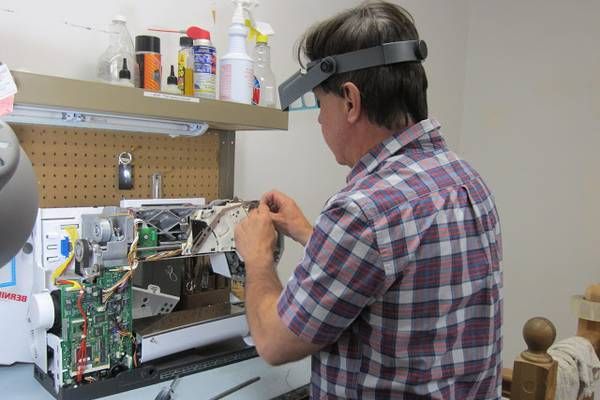
Some common signs that indicate Sewing Machines Repair needed, include:
Excessive Noise: If your sewing machine is making unusual or loud noises while in operation, it could be a sign of a mechanical issue or a part that needs adjustment or replacement.
Tension Problems: If you notice inconsistent or uneven stitches, such as loose or tight areas, despite adjusting the tension settings, it indicates a problem with the machine’s tension mechanism that requires repair.
Thread Breakage: Frequent thread breakage during sewing is a clear sign that something is amiss. It could be caused by issues such as incorrect threading, a damaged needle, or problems with the tension discs.
Skipped Stitches: If your sewing machine is skipping stitches, leaving gaps in the fabric, it suggests a problem with the needle, thread, or timing mechanism. It requires troubleshooting and potentially repair.
Bobbin Issues: Problems with the bobbin, such as it not winding properly, getting jammed, or producing inconsistent tension, indicate that the bobbin mechanism may need cleaning, adjustment, or replacement.
Needle Breakage: If your needle keeps breaking frequently, it could be due to issues such as using the wrong needle type or size, incorrect needle insertion, or mechanical problems within the machine.
Motor Problems: If the sewing machine’s motor is sluggish, overheating, or not running smoothly, it may require repair or servicing to ensure proper functioning.
Electrical Issues: If you experience power fluctuations, sparks, or the machine suddenly stopping while in use, it is essential to have the electrical system checked by a professional to avoid any safety hazards.
Feed Dogs Not Moving: The feed dogs, which help move the fabric through the machine, should move smoothly and consistently. If they are not working properly or not moving at all, it indicates a mechanical issue that needs attention.
Lights or Display Malfunction: If the machine’s lights or digital display are not functioning correctly, it could be a sign of electrical problems or a faulty control panel that requires repair.
Conclusion:
By addressing these common Sewing Machines Repair issues promptly and implementing the provided solutions, you can keep your sewing machine in optimal working condition. Remember to perform regular maintenance, such as cleaning and oiling, to prevent future problems and extend the lifespan of your machine. With this guide at your disposal, you’ll be able to tackle common sewing machines repair with confidence and continue enjoying your sewing projects without interruptions.
